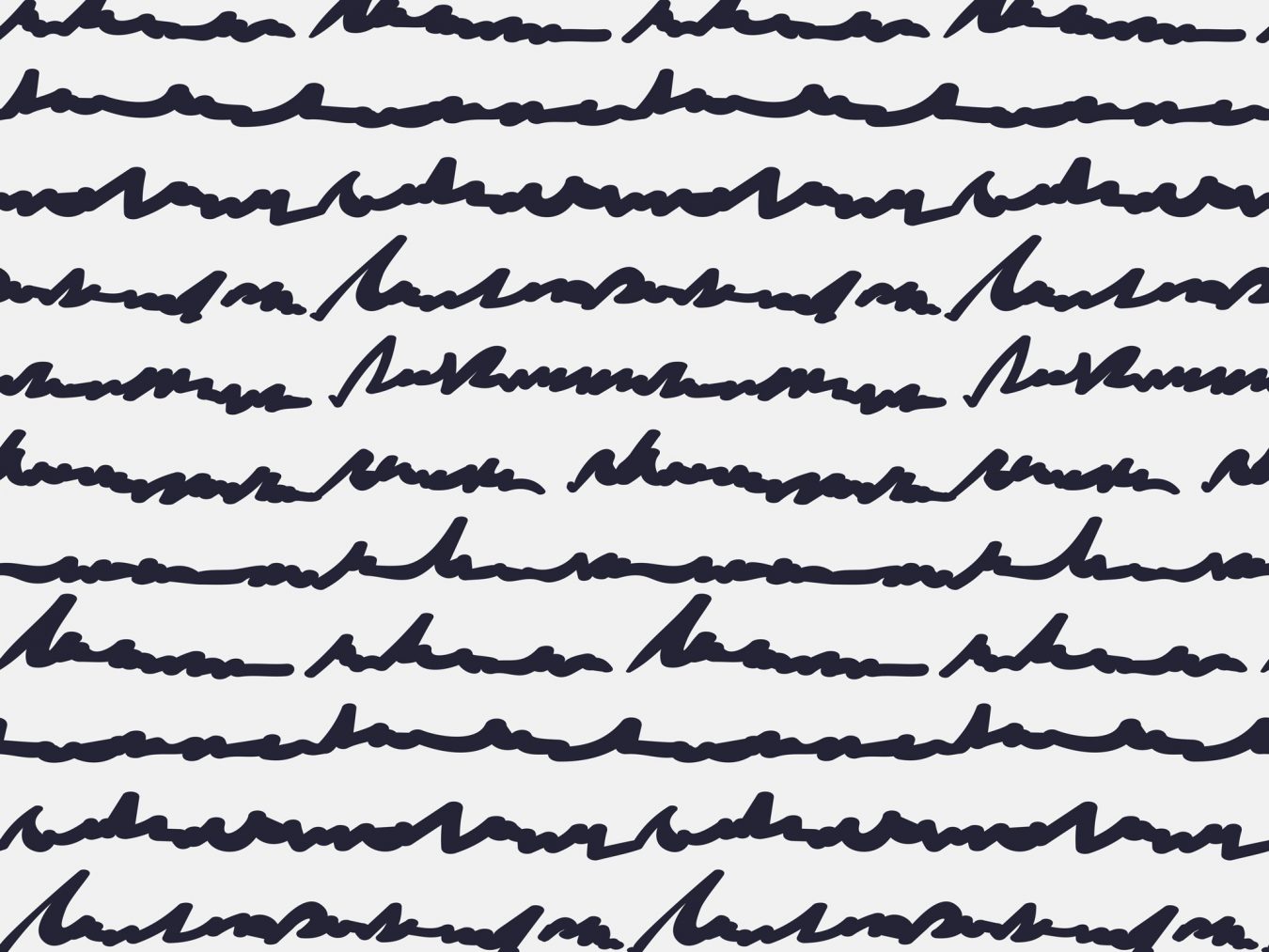For anyone trying to keep up with what’s going on in the world, rest assured that given enough time, the truth will reveal itself. In the meantime, what you see, hear, read, and are told is often the result of a very messy process. I’ve been a part of the news business for several decades now and yet, with all the current confusion, I couldn’t be more excited about what’s ahead for content creators and providers and, more importantly, for those who consume the news.
Not that many years ago, you needed to be home at a certain time to watch the news; or listen to the radio at the top of the hour; or buy a piece of a nice Canadian tree that had been chopped down and cut into slices thinner than a potato chip so all the ink and photos could be printed on it, and it could be hand-delivered to your home each morning. It was an exhausting process, but the extra time it took to execute the work also left time to make sure it was accurate, honest, real.
Now the news is a fingertip away, and isn’t it great for democracy and society as a whole that more people can more easily access information? Well, a lot of people are not so sure. Unfortunately, yet predictably, what’s come with the new technology and the 4G-broadband signals is the fact that anyone with a clever name and an internet connection can create something that resembles news. There’s a rush to be first, the gatekeepers have all but disappeared, and what gets out every minute of the day is often as disposable as the tissue you use for your allergies. Can readers tell the difference between a journalist, a blogger, a writer, a pretender, a comedian, and a spy? Can most viewers actually tell when it is Photoshop that creates the “Largest Shark in the History of Mankind!”?
We had an expression at one of the newsrooms I worked in. It was used when an excited reporter or producer would come running in with his or her version of some “new” news: “Good story, if true.” Indeed, there are all sorts of good “stories” out there now, true or not, that help sell papers, drive websites, draw traffic, and create businesses. Fortunately, and despite what you might believe, the credible ones end up being the most sustainable. Those are the businesses that survive in news, just like in many other industries where the best products are the sustainable products. Though sorting that out can take time.
In the last two American presidential campaigns, social media was what lit up the scoreboards. Sure, there were television ads and public appearances, but the most effective candidates learned that having one-on-one social contact with potential voters often made them actual voters. It wasn’t just Donald Trump who was wearing down the screen of his smartphone. They were all using Twitter, Facebook, Instagram, and YouTube. It didn’t seem to matter as much if one of the old-guard newspapers or networks did a less-than-glowing report on the candidate; if a pundit or organization’s social media account had a huge number of followers and was fed several times a day, it all evened out. Truth be known, most big media editors monitored those social accounts—where often they’d see the first hint of something new, rather than digging out news the old-fashioned way. It was a big role reversal, with the new kids on the block feeding the old guard, and the old guard not having complete control of what messages got through.
So where does that leave us, heading into 2018, 2020, and beyond? Among the strategic planners are ideas that would create an entirely new news-gathering world. Imagine a news site engineered by the best and brightest at Microsoft, Amazon, and Twitter, partnering with the most experienced story-gathering journalists in the world, publishing all the best versions of the most important stories of the day. Experts in the various fields around the globe would be added to the conversation to drive home the real facts. It would be a true “no-spin zone,” to quote one of the biggest voices to emerge from cable news.
We grade our wines, our travel destinations, our financial firms, and our Oscar gowns, so why not have a dedicated group of experts on the top news? Think of all the issues we know little about, or only hear one side of. Public versus private health care—total confusion about what really works best. Is coffee good for you or bad? Does Iran really have the components of a nuclear weapon? How much debt can a nation genuinely afford to carry before the country becomes “Greece”? There are 20 wars going on around the world right now, but do you ever hear about anything other than ISIS? Do electric cars help or hurt the environment when other energy is used to charge them? Is organic food genuinely safer than food with preservatives or does it just seem like it should be better? Nice word, “organic.”
In my experience, most news stories you watch now are not wholly inaccurate. The problem is that reporters and editors all too often pick and choose from a set of facts that they prefer, for whatever reason, rather than the entire base of information that would tell a truly complete story. Yet now, the scope of the new technology, combined with a new type of news-gatherer, will soon be able to create a model that quickly sorts the best from the bad.
Consider what could also be done once the truth is penetrating the majority of the people who care to be informed. Under consideration, in the more creative inner sanctums of the business, is a model to bring the best-known facts, and the viewers, directly to the big decision-makers. A roving, national Town Hall, live and Skyped in, with instant polling on air: big issues could be debated, argued, and perhaps even solved live in front of the viewers (or should we call them voters?). A truly informed electorate, facing the people they voted into office, as well as the influential associations: how cool would a democracy like that be?
News, instant feedback, potential consensus, and problem solving. Using the most accurate information, the largest group of people, the top decision-makers, all on the same electronic stage—all aiming toward solutions, by and for the people who brought them into office. If real people can pick the winners of The Voice, why can’t they also help pick the best direction for their elected leaders?
It used to be that “news” was a collection of what editors thought people should know, along with a bit of what they want to know. Together, we’re riding on unpaved roads right now; the industry (like so many others) is in a vast transition, but through it all it has always been the case that the truth finds its way to the top. And the possibilities for using those truths, along with the new technologies, is what the smartest people in the business are trying to figure out now.
Hold on with both hands.
Read more engaging and informative essays here.








